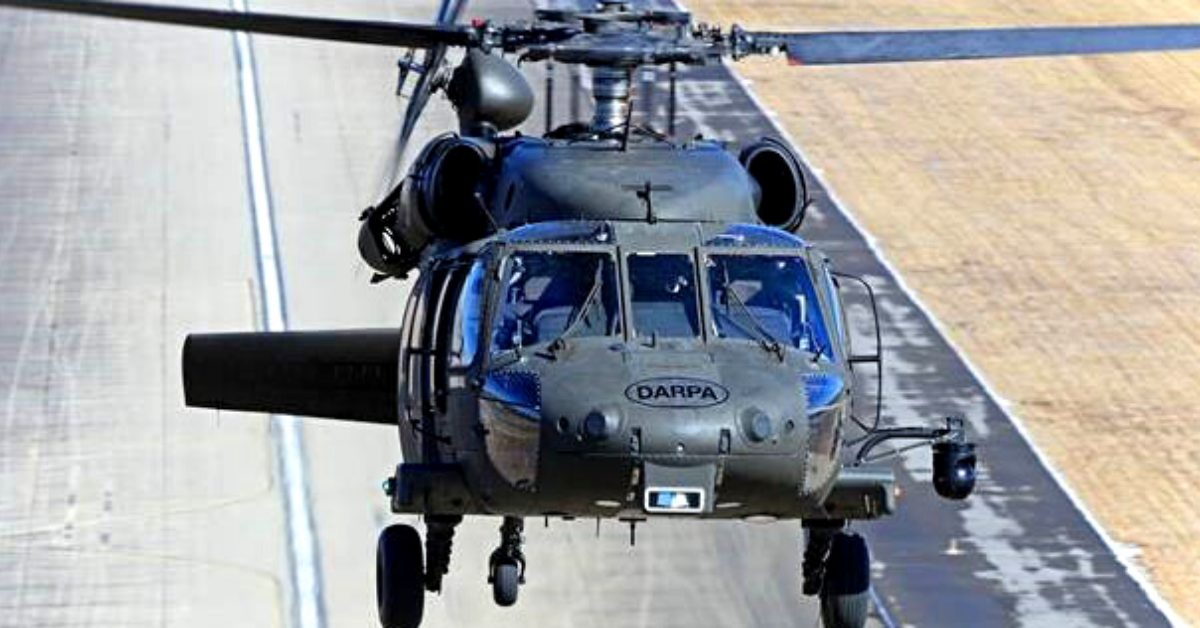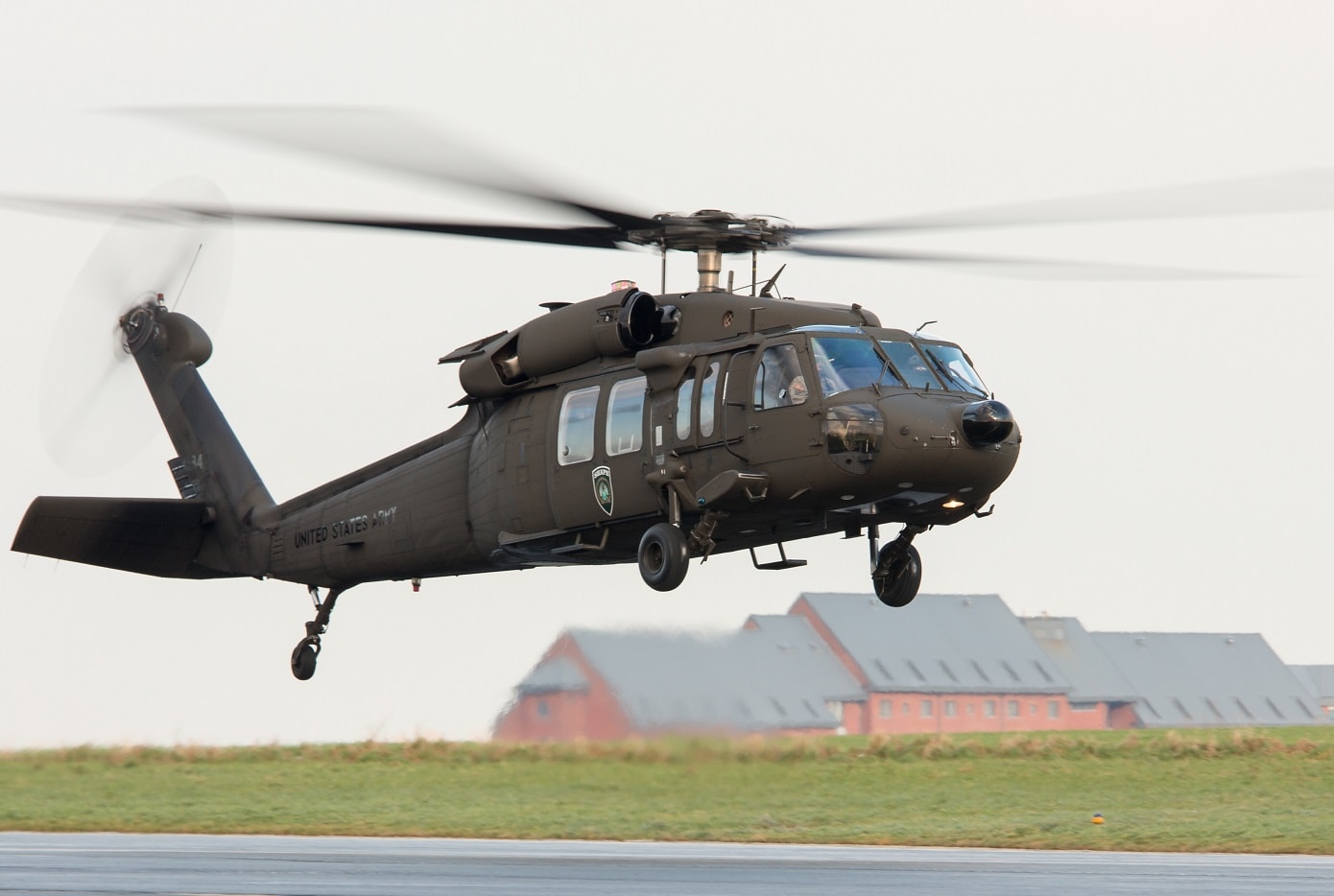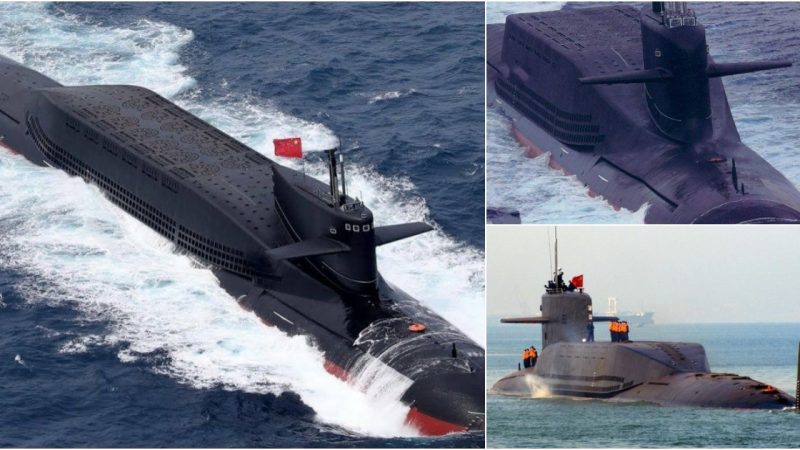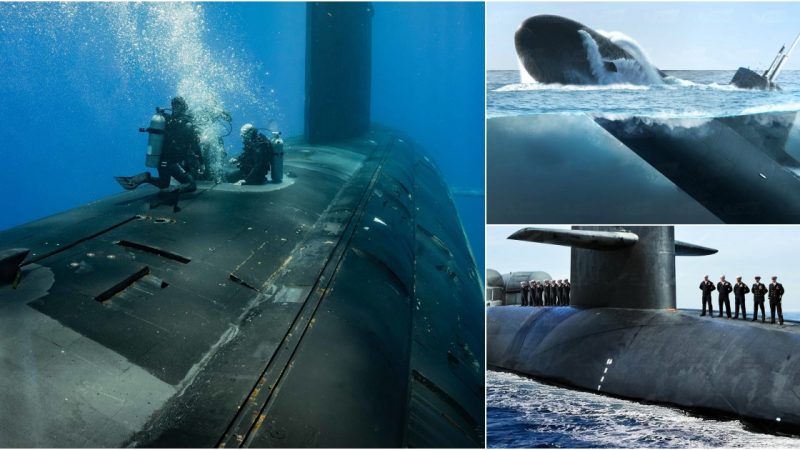Unmanned UH-60A Black Hawk Helicopter Takes to the Skies
In a groundbreaking milestone, an autonomous Black Hawk helicopter has taken to the skies for the first time, operating without any human presence on board. This significant achievement comes as a result of the Defense Advanced Research Projects Agency (DARPA) initiative named ALIAS.

On February 5, 2022, history was made as the Black Hawk helicopter embarked on its inaugural autonomous flight. During this 30-minute flight, the helicopter’s operations were exclusively guided by the computer system, representing a monumental leap in technological prowess.

The primary objective of this test flight was to evaluate the MATRIX autonomy system’s ability to navigate various environments successfully. To challenge the system’s capabilities, the flight was programmed to simulate navigating through a Manhattan skyline, evading virtual skyscrapers. Impressively, the helicopter executed complex maneuvers such as pedal turns and maintained straight trajectories before flawlessly landing. Afterward, two pilots retook control, preparing for the next phase.
Operating at altitudes of 4,000 feet above the ground and cruising between speeds of 115 and 125 MPH, the autonomous Black Hawk completed another short flight on February 7, 2022, further affirming the system’s capabilities.
DARPA’s ALIAS program, which spans approximately six years, stands for Aircrew Labor In-Cockpit Automation System. This initiative leverages advancements in aircraft automation spanning the last half-century, as well as analogous progress in remotely piloted aircraft.
Stuart Young, program manager in DARPA’s Tactical Technology Office, elucidated the three primary objectives of the test flights. First and foremost, the technology aims to avert catastrophic incidents by preventing erroneous aircraft behavior. Second, it seeks to provide in-flight assistance, enhancing the overall safety and operational efficiency of the helicopter. Lastly, the program intends to drive cost reduction in terms of maintenance expenses and personnel training fees.
Young emphasized the transformative impact of ALIAS, particularly in providing the Army with operational versatility. This encompasses the capability to conduct flights around the clock, regardless of pilot availability, and in a diverse range of challenging conditions, including environments with compromised visual cues.
Looking ahead, the ALIAS program is set to take its next step by conducting the maiden flight of a fly-by-wire M-model Black Hawk at Fort Eustis, Virginia, within the following month. This progression reaffirms the commitment to pushing the boundaries of autonomous aviation and underscores the potential for paradigm shifts in modern helicopter operations.
Hits: 80









